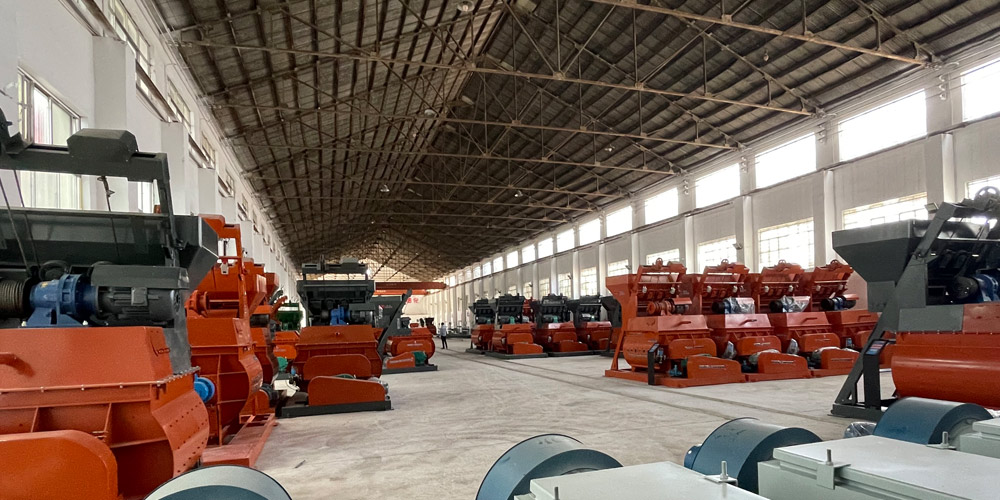What Are The Concrete Batching Plants and Parts

Concrete, as one of the most commonly used materials in modern construction, cannot be produced without a concrete mixing plant. Concrete mixing plant as a ‘concrete factory’, will seemingly ordinary sand, cement, water and other raw materials, through the accurate proportioning and mechanised mixing, into concrete with specific properties. In this article, we will discuss in depth the structure, working principle, and important role of concrete mixing plant in modern construction.
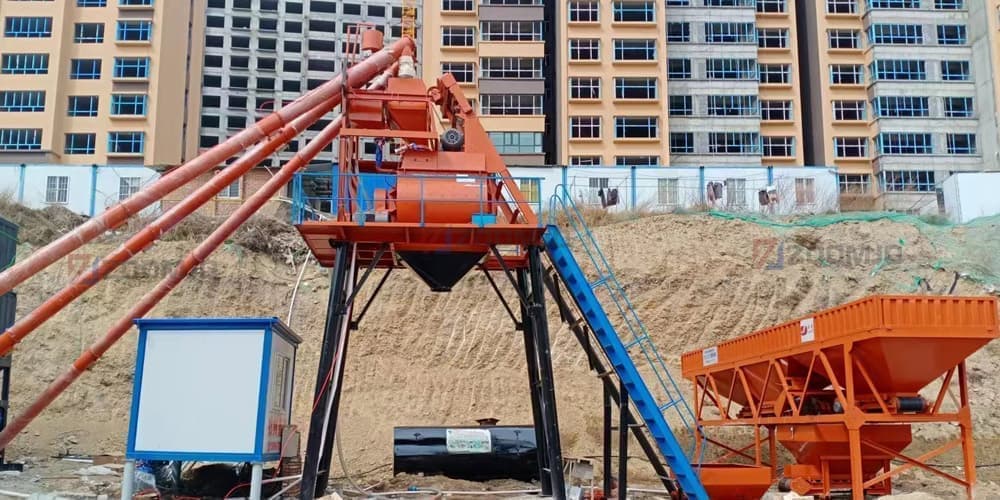
Main Components of a Concrete Batching Plant
The main components of a concrete mixing plant include aggregate hoppers, weighing systems, mixers, cement silos, and control systems. These components work together to complete the whole process from weighing and conveying of raw materials to mixing and discharging of concrete.
Aggregate Hopper
Aggregate hoppers: are used to store and supply different types of aggregates such as fine aggregate (sand) and coarse aggregate (gravel). Depending on the concrete production capacity, the design and capacity of the hopper may vary. A precise weighing system ensures that each type of aggregate is placed in the required quantity, avoiding concrete quality problems caused by incorrect proportioning.
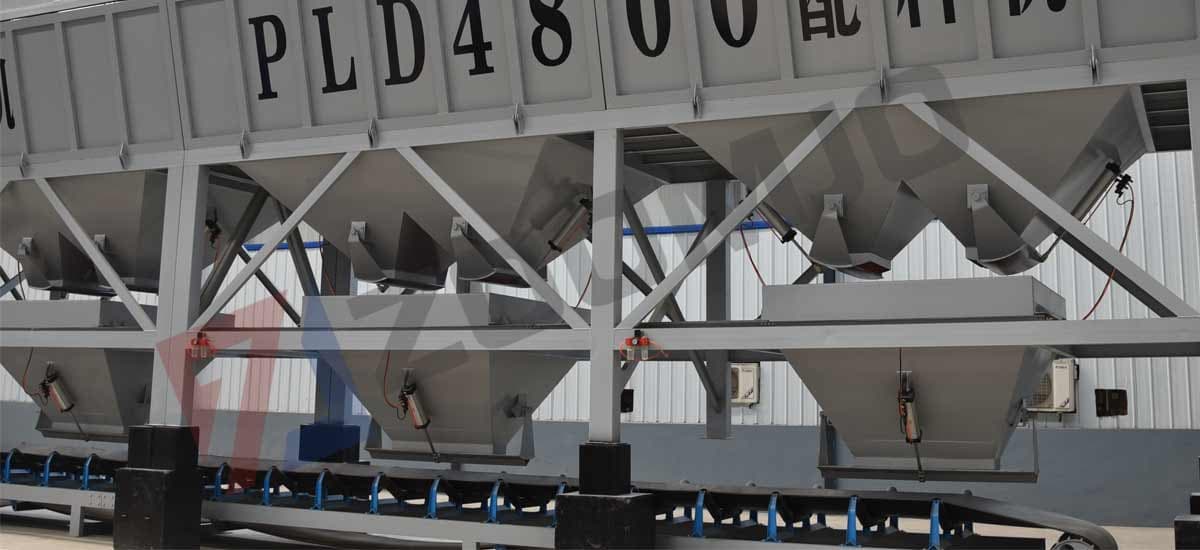
Aggregate weighing conveyor
This component is equipped with load sensors that communicate with the central control system to monitor and adjust the hopper's delivery in real time. High-quality sensors precisely control the speed of the conveyor belt and the quantity of aggregates, ensuring the accuracy of the mixing process.
Weighing hoppers for cement, water and additives
The accurate placement of cement, water and other additives is critical in the concrete production process. Modern mixing plants often use automated systems to control the placement of these materials, reducing human error.
Concrete Mixer
Concrete mixers are the heart of a mixing plant and come in a variety of types, including disc mixers, planetary mixers and twin-shaft mixers, each with their own unique benefits and application scenarios.
-
Disc mixers: widely used for small to medium batches with high efficiency and easy cleaning.
-
Planetary mixers: Suitable for high performance concrete production, their complex mixing action ensures that the components of the concrete are fully integrated.
-
Twin-shaft mixers: known for their high efficiency and fast production capacity, they are ideally suited to large-scale projects, producing homogeneous concrete in a short period of time.
Cement silos
Used to store and protect cement from moisture. Silos are usually equipped with a pneumatic discharge system to accurately feed the cement into the mixer. Regular maintenance is essential to ensure the proper functioning of the silo and to avoid problems such as cement caking or leakage.
Screw conveyors
Used in mixing plants to transport bulk materials such as cement and fly ash, providing a steady flow of material and ensuring accurate batching. It is usually designed with wear-resistant materials to extend its service life.
Air Compressor
Responsible for providing the compressed air required by the pneumatic system to power the control valves and actuators to ensure the efficient operation of the entire production process.
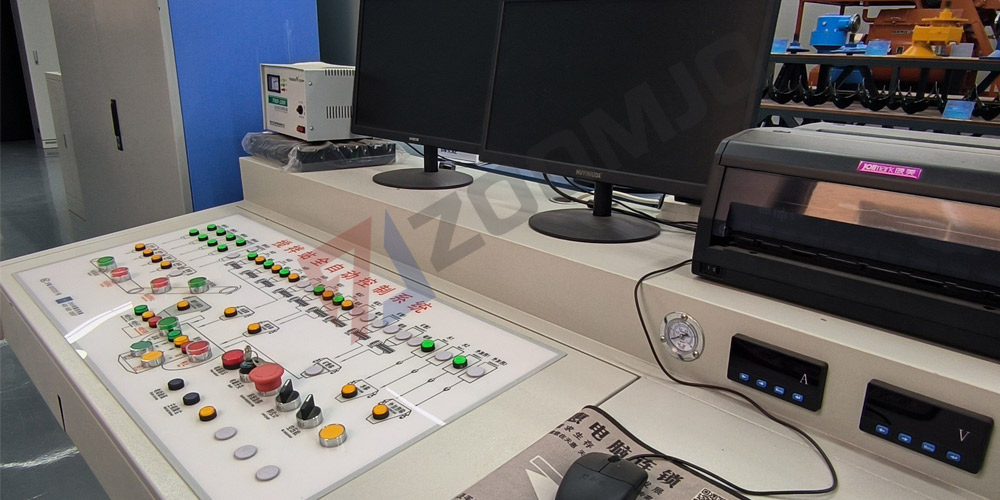
Control Room and System Master Software
The control room is the central space where the operator monitors and manages the entire mixing process and is equipped with state-of-the-art control panels and monitoring equipment. The system master software ensures that each batch of concrete is accurately formulated and production is clearly tracked through automation and data logging features.
Valves, pistons and motors
These components are automated and controlled through a PLC system, ensuring that all parts work in tandem. Valves control the flow of material and air, pistons move within cylinders to operate hoppers and gates, and motors drive conveyor belts and mixers.
Contractors choose concrete mixing plants not only to increase productivity, but also to meet the high demands for concrete quality in modern construction. By automating and standardising the production process, mixing plants are able to respond quickly to the needs of different projects while reducing labour costs and the risk of errors.
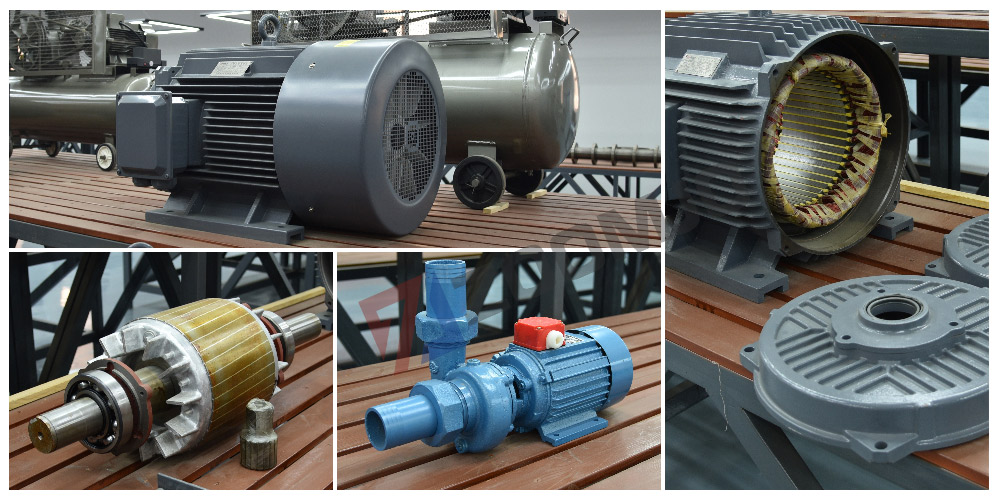
Advantages of concrete mixing plants
-
Increased efficiency: Batching plants are able to produce large quantities of concrete in a short period of time compared to manual mixing.
-
Ensure quality: by precisely controlling the proportions, the uniformity and strength of the concrete is guaranteed.
-
Saving manpower: Reduces reliance on workers and lowers labour costs.
-
High flexibility: the formula can be adjusted according to project requirements to meet the production of different types of concrete.
Conclusion
To sum up, concrete mixing plant plays a vital role in the modern construction industry. It not only improves the production efficiency of concrete, but also ensures the quality of products. When choosing and using a concrete mixing plant, attention should be paid to the quality of the equipment, the performance of each component and regular maintenance so as to maximise its performance.
For more information about high quality concrete mixing plant, please feel free to contact the professional manufacturer ZOOMJO for more detailed information and service support.

 English
English  Español
Español  简体中文
简体中文  Pусский
Pусский  українська
українська 